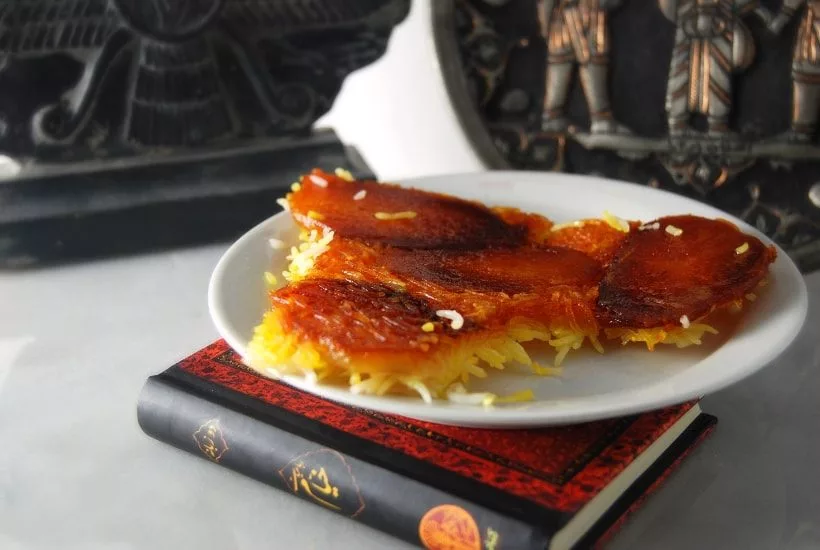
Iranian historical diet
The Importance of Rice or Berenj
The importance of rice began during the 16th century where rice was being prepared in the royal Safavid court. During this time period, the practice of preparing rice as polow or chelow began here. At the same time, the practice of making khoresh (t)s and eating them with rice also became popular in the royal court. It is said that the practice of preparing these dishes stemmed from the surrounding Central Asian cultures that had meshed into Iranian society by the 16th century. These influences and culinary styles would go through the Iranian filter, and came out slightly more refined with an angle towards the Iranian palette.
This would eventually trickle down to the masses; consequently you saw a huge rise in the popularity of rice across Iran. To meet this demand, the cultivation and growth of rice in Iran spread across the Caspian region of Iran. Interestingly, the prevalence of noodle and pasta dishes that had become popular in Central Asia and Afghanistan, as a result of China’s influence on these regions, decreased as rice became a mainstay of everyone’s diet. There is evidence that rice came to Iran from India and Southeast Asia. Rice cultivation in Iran is in the northern Caspian region, this region has enough water to cultivate the rice.
Moving on from the carbohydrate component of the Persian diet, we now move to the proteins. Iranian love meat and it plays an important role in many of their major dishes, in this next portion we will examine the backstory of meat in Iranian cuisine.
